Highlights of Trek
- Trek to the base of highest mountain in the world , Mt. Everest (8849m)
- Immerse in typical Sherpa culture and Walk of Life
- Experience Nepalese highlands with professional mountain experts
- Gaze at the astounding Everest Vista up-close
- Adventuresome Helicopter Ride from Gorakshep to Lukla
- Conquer the diverse landscape and terrain of Sagarmatha National Park which listed as UNESCO world heritage site.
Everest Base Camp Trek is one of the most sought after trek in Nepal for its traverse through typical Sherpa settlements and final stop at the base of the biggest mountain in the world, Mt.Everest (8849m). There are various options for you to choose on your trek to Everest Base Camp, you may choose to traverse the entire trip on the Helicopter with our Everest Base Camp Heli Tour or Trek to Everest Base Camp and return via Helicopter to Kathmandu. Another alternative which is even more popular in the recent time is Trek to Everest Base Camp and return via Heli ride to Lukla.
A typical trek to Everest Base Camp begins with a scenic eastward flight from Kathmandu to Lukla. Lukla stands at 2860 metres and the Tenzing Hillary airport in Lukla is considered to be one of the most adventuresome journey through narrows gorges of the high hills of eastern Nepal. The runway of this airport is inclined and nestled at the base of a gigantic mountain, which is notorious for being one of the riskiest airports worldwide due to its location and short runway. The trek proceeds through the scenic villages of the Khumbu area, tracing the path of the Dudh Koshi river and navigating through forests containing rhododendron, pine, and fir.
As you climb to higher altitudes, you'll traverse various Sherpa villages, including Namche Bazaar, the entrance to the Khumbu region. Namche Bazaar is a vibrant market town where trekkers can purchase supplies, relax, and get used to the altitude. Following Namche, the trail leads to Tengboche, where visitors can explore the well-known Tengboche monastery and take in magnificent views of Everest, Ama Dablam, and other peaks.
The trek from Tengboche takes you through verdant forests of rhododendron, pine, and fir, offering magnificent vistas of the Himalayan range, including famous peaks like Mount Everest, Lhotse, Nuptse, and Ama Dablam. The trail then descends towards Imja Khola river and leads to Pangboche, one of the oldest settlements in the Khumbu region, known for its renowned monastery.
From Pangboche, the path gradually ascends towards Dingboche, located at an altitude of 4,410 meters, and surrounded by stunning mountain peaks offering awe-inspiring views of the Himalayas. Dingboche is a favoured stopover for trekkers to acclimatize to the altitude before continuing their journey towards Everest Base Camp.
Starting from Dingboche, the path ascends continuously towards Lobuche village, which is located at an elevation of 4,910 meters. The journey from Dingboche to Lobuche is physically challenging and necessitates a high degree of physical fitness and stamina.
From Lobuche, the path proceeds towards Gorak Shep, which is the last hamlet before arriving at Everest Base Camp. The hike from Lobuche to Gorak Shep takes approximately 2-3 hours and is comparatively less difficult than the preceding days' trek. After arriving at Gorak Shep, one can ascend to Kala Patthar, a famous viewpoint that provides breathtaking vistas of Mount Everest and other peaks. Ultimately, the route leads to the final destination of Everest Base Camp, located at an altitude of 5,364 meters.
Unlike the classic Everest Base Camp Trek, wherein you would trek back to Lukla the same route you take on your way up, on this trek, you will descend to Lukla from Gorakshep on a helicopter. The Helicopter trup from Gorakshep to Lukla is rewarding with astounding Everest vista on all directions. You will have a eagle eye view of the Everest massifs on your way to Lukla. Right below you is nestled numerous Sherpa settlements that are sparsely distributed and the raging Imja river and Dudhkoshi river comes before your sight during the trip. The journey from Gorakshep to Lukla on Helicopter takes about 20 minutes of flight time wherein you will savour the beauty of Everest Highland.
Is this trip for you?
Everest Base Camp trek is graded as moderately difficult and a base level of physical fitness is adequate for the traverse. On average you will be walking for 5-7 hours everyday starting at Lukla for another 8 days.
The highest point of the trek is at Kalapathhar which stands at 5545 metres above the sea level and Acute mountain sickness could be a problem at that altitude. However, our team of trekking experts and guides at Nepal Climbing Adventure will regularly check for the symptoms and take immediate action whenever it may seem necessary. Rest assured if you happen to have high altitude experience before or not, this trek is suitable for you.
The trekking trail to Everest Base Camp passes through the remote areas of Everest region and the pathway is uneven and filled with rock boulders. Also, the temperature in the area drops to negative during the night creating a freezing cold atmosphere after you cross Namche. We suggest for a high quality trekking gears (Boots, Jacket, Inner-wear, Rucksack and Others) in order to successfully complete the trek.
In a nutshell, be it novice or experienced trekker, Everest Base Camp Trek, Return to Lukla by Heli is doable for all group of people. Our previous clients range from individuals above the age of 70 to small children (10+) accompanied by their parents for this trek. If you have any inquiries, we are happy to help you out with necessary information.
Accommodation during the trek
Everest Base Camp Trek with Heli Return to Lukla traverses through small quaint villages of Everest region. Throughout the trail leading up to Gorakshep, there are settlements where people reside permanently. These villages offer tea houses for lodging purposes. However, it is important to note that these tea houses are very basic and lack modern amenities. As you move higher from Dingboche, finding a room with an attached bathroom becomes increasingly difficult. In the higher elevated regions you will have common bathroom in the teahouse which will have to be shared with other guests too. Also, even if an attached bathroom is available beyond Dingboche we dont recommend the room for you since, the water supply line is usually frozen in such areas which makes flushing after the use of the toilet hassle some.
The tea houses provide minimal facilities such as twin beds with foam pads, pillows, and blankets. In case the provided bedding is not comfortable enough, you can always ask your guide for extra pillows or blankets. It is recommended to rent a sleeping bag in Kathmandu or bring your own in case the temperature drops at night..
Every teahouse is set up with Bukhara Stove (an iron cylinder, fitted with a chimney duct, in which a log fire is lighted) which is lit every night to keep the teahouse warm. The Bukhara Stove is fitted in the dining area in most of the teahouses. These teahouses will have power outlet in the dining area for charging your electrical devices for an extra cost. The power source in this region is via Solar so there are several disruptions in power every once in a while.
Best time for this trek
Nepal is favoured with tropical climate with 8 months that are simple amazing for travelling. It has 4 major weather patterns within a year: Spring(March to May), Autumn ( September to November), Winter (December to February) and Summer ( June to August). During Spring and Autumn the weather is relatively stable with clear blue skies. The average temperature during Autumn in Nepal ranges from 19 °C to a minimum of 8°C whereas Spring temperature ranges from 25°C to -15°C in the night. This weather pattern remains similar in the Himalayan belt. The weather is dry and clear during the period.
During the Summer/Monsoon season (June to August), the region receives heavy rainfall, which can make the trails slippery and dangerous. Therefore, it's not recommended to trek during this time. During the winter months (December to February), the weather can be extremely cold, and the trails can be covered in snow, making it challenging to trek. However, if you are an experienced trekker, you can still do the trek during this time with proper equipment and preparation.
Henceforth, the best time for Everest Base Camp Trek, Return to Lukla by Heli is during the Autumn and Spring season in Nepal.
What is included?
- All airport and hotel transfers
- Welcome and farewell dinner
- Flight between Kathmandu to Lukla and back
- Helicoper ride from Gorakhshep to Lukla
- Accommodation and meals during the whole of the trek
- 3 nights in a 3 star hotel in Kathmandu
- All necessary paper works and permits
- Government and local taxes
- An experienced English speaking trekking guide, assistant trek guide (4 trekkers: 1 assistant guide), porters (2 trekkers: 1 porter) including their salary, insurance, food, lodging and all equipment.
- A comprehensive medical kit
What is not included?
- Nepal Visa fee(bring small denomination cash USD and two passport photographs)
- International airfare
- Excess baggage charges
- Extra night accommodation apart from the schedule due to any reasons
- Lunch and evening meals in Kathmandu and in case of early return than the scheduled itinerary
- Travel and rescue insurance
- Personal expenses
- Tips for travel guides or porters
There are a number of things that you need to keep in mind if you ever plan for your vacation. Because you want to make the most out of your limited time, it is truly a hectic job for you to find a trustworthy and experienced traveling companion. With Nepal Climbing, you have your problem solved already as we are one of the leading Trekking and Mountaineering organizations in Nepal and have been providing first class service in several travelling packages across the country for many years.
We prioritize your satisfaction and safety
At Nepal Climbing Adventure, our ultimate objective is to arrange the programs for you to make the most out of your valuable time. We value your satisfaction, adventure, amusement and safety. Regardless of whether you are searching for stunning perspectives along the trekking trails in Himalayan mountain range or widely acclaimed, heavenly attractions with developed societies, our exposure and experience in travel business will help you ensure your requirements are met.
We have professional staffs and service
We trust that extraordinary staff lead awesome administration. That is the reason we are collaborated with experienced and eager individuals. We possess authorized and government certified guides who are very much furnished with broad learning of Nepali communities and traditions. They additionally have familiar English speaking abilities and hierarchical capacities to encourage all types trekking groups.
Responsible Tourism and social values
We are endeavoring to lessen the effect of tourism by guaranteeing our staff are very much aware of ecological issues. We are doing our best to create less waste as could be expected under the circumstances and make a point to reclaim non-compostable wastes. We outline our itineraries and work in the field guided by the standards of ecotourism and reasonable tourism. Moreover, all our staff have been given ecological preparing and are extremely aware to the eco-system we enter. Additionally, we are adhering to sustainable assets of energy. Our guides will share you the social values, culture and religious harmony for better understanding the groups you visit.
Customizable Service
Our promise is to provide you with the travelling packages customizable according to your demand fulfilling your budget criteria. So, we can facilitate a minimum of 2 individuals with a personalized service at a reasonable cost.
Online Payment
Or
WIRE TRANSFER
Bank Details:
Account Holder's Name: Nepal Climbing Adventure Pvt. Ltd.
Bank Name: Himalayan Bank Ltd.
Account Number: 01907449340018
Account Type: USD
Address: Thamel, Kathmandu, Nepal
SWIFT CODE: HIMANPKA
For more detail contact us:
Krishna Subedi (Chris Chhetri): +977 9851076791 (24/7, Call/Viber/Watsapp)
We recommend our guests have a valid insurance policy before undertaking an adventure in Nepal Himalaya. During treks and expeditions, the insurance should cover for expenses such as air ambulance, helicopter rescue, and medical care. As an adventure operator, we (NCA), are not permitted to arrange or sell insurance packages here in Nepal as per the Government of Nepal.
Q: What is Everest Base Camp Trek, Return to Lukla via Heli?
A: Everest Base Camp Trek, Return to Lukla via Heli is modified version of your classic Everest Base Camp Trek whereby you would trek from Lukla to EBC and descend back the same way on foot. However, with this trek, you will board a helicopter from Gorakshep and fly to Lukla directly shortening your trek to 12 days.
Q: How much does the Everest Base Camp Trek, Return to Lukla via Heli cost?
A: The cost of the trek can vary depending on the time of the year you choose for this trek. Usually, the cost incurred during the trek are constant but the accommodation you choose while in Kathmandu and other amenities you choose during the trek (Single Supplement Room, Extra Porter, Snack, Drinks and other personal expenses) differs the cost factor.Generally, the trek can cost anywhere from $ XXXX to $XXXX per person.
Q: Do I need to have previous trekking experience for this trek?
A: Having past experience with high altitude trekking is definetely helpful for this trek as you will know what to prepare for and what to expect. However, this trek is also suitable for beginners as we ascent to the Everest Base Camp with numerous stopovers in between. Also, there are 2 days set aside for acclimatization which will adapt you to higher elevation.
Q: When is the best time to do the Everest Base Camp Trek, Return to Lukla via Heli?
A: During Spring and Autumn the weather is relatively stable with clear blue skies. The average temperature during Autumn in Nepal ranges from 19 °C to a minimum of 8°C whereas Spring temperature ranges from 25°C to -15°C in the night. This weather pattern remains similar in the Himalayan belt. The weather is dry and clear during the period. Hence, Autumn and Spring are the perfect weather time period for
Q: What should I pack for the trek?
A: You should pack warm and comfortable clothing, trekking boots, a sleeping bag, a backpack, and other essentials like a, sunscreen, and sunglasses.. Please check our article: Essentials Packing List for Trekking in Nepal.
Q: Is altitude sickness a concern on the trek?
A: Yes, altitude sickness is a concern on the trek, as you will be trekking at high altitudes. It's important to take proper precautions, such as acclimatising slowly and drinking plenty of water. If you experience symptoms of altitude sickness, such as headaches, nausea, or dizziness, it's important to inform your guide and seek medical attention if necessary.
Q: What is the accommodation like on the trek?
A: Accommodation on the trek is basic but comfortable, with teahouses or lodges along the way. You will have a private room with a bed and a shared bathroom. Some lodges may also have hot showers for an additional cost.
Q: Do I need a visa to travel to Nepal?
A: Yes, you will need a visa to travel to Nepal. You can obtain a visa on arrival at the airport in Kathmandu or from a Nepalese embassy or consulate in your home country.
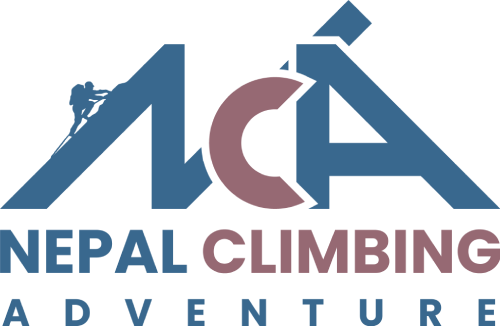
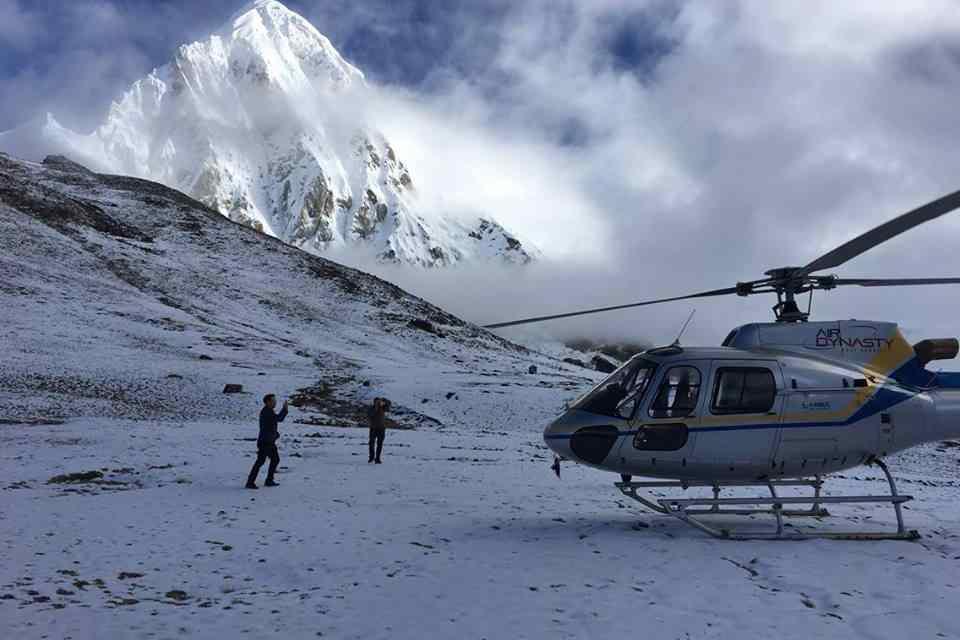
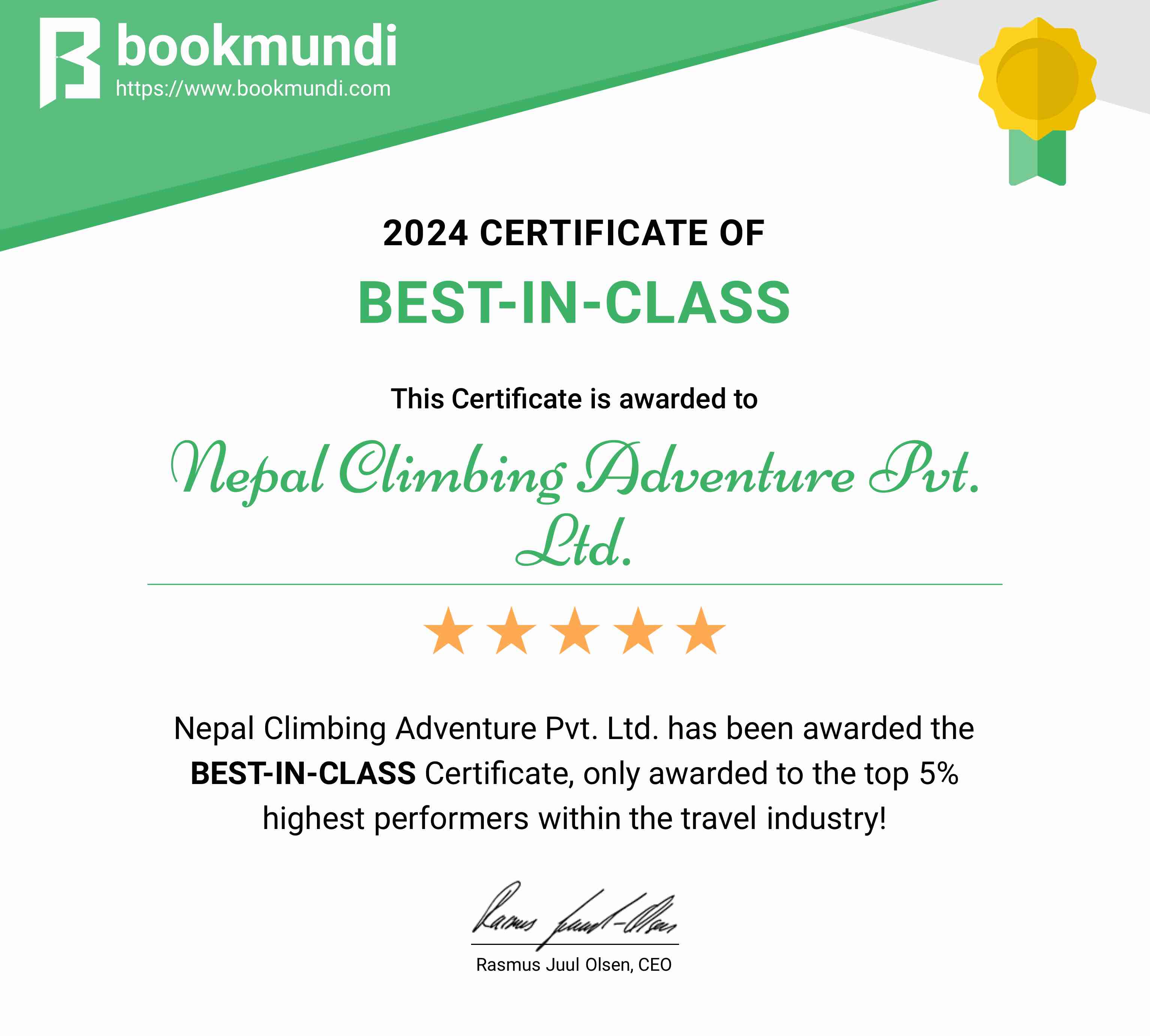

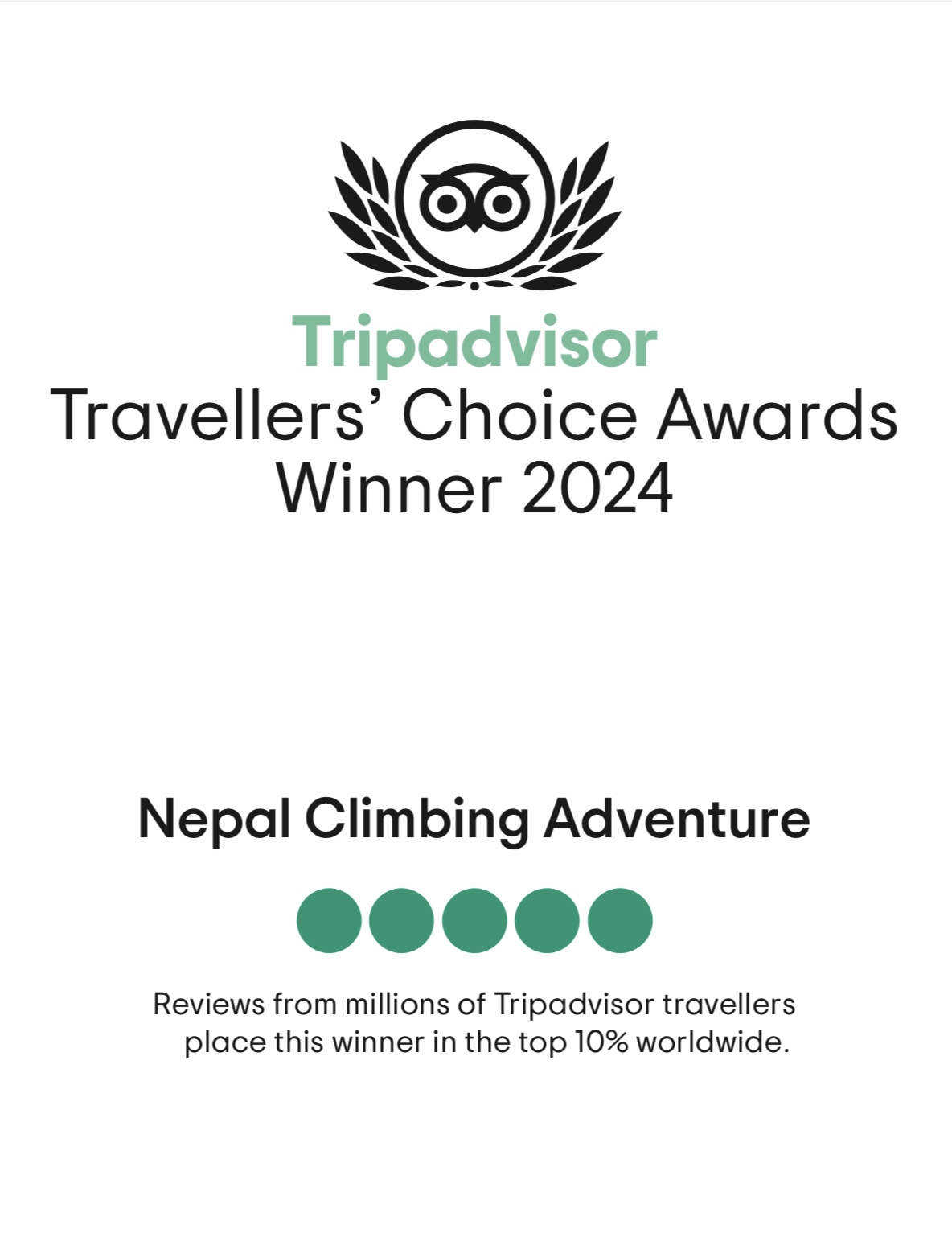
















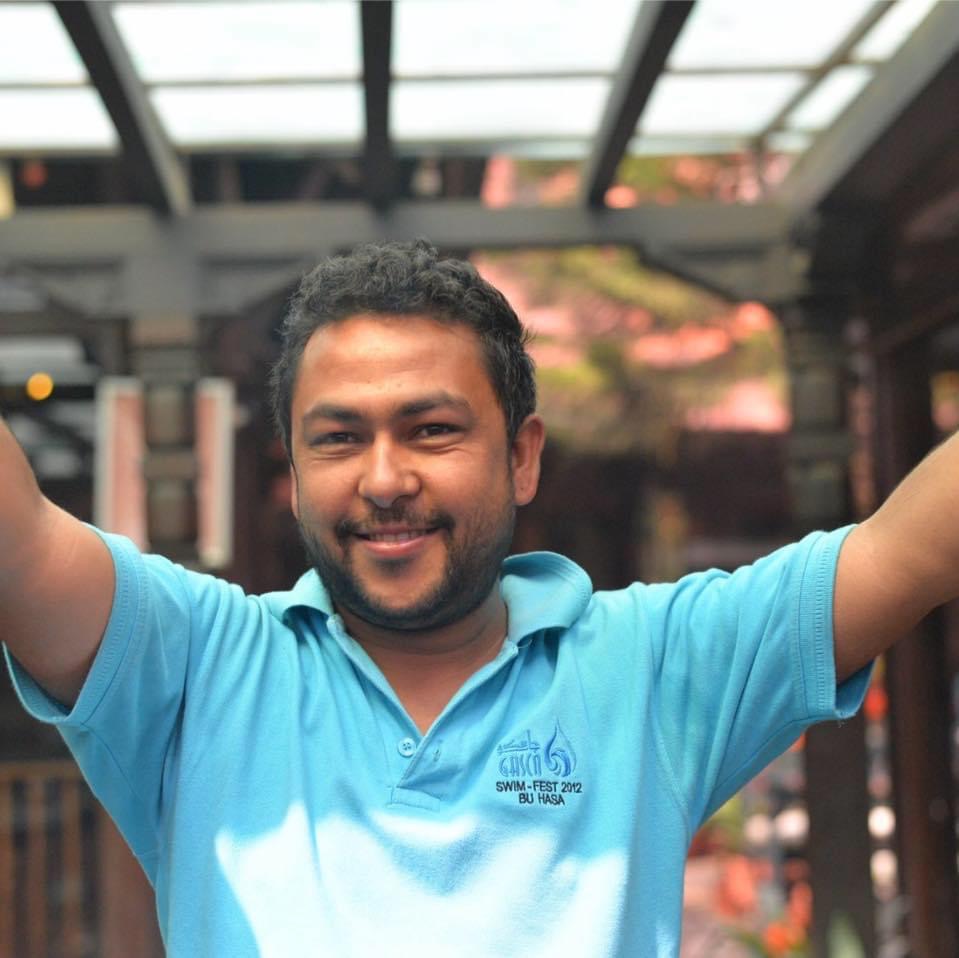 Chris Chhetri
Chris Chhetri